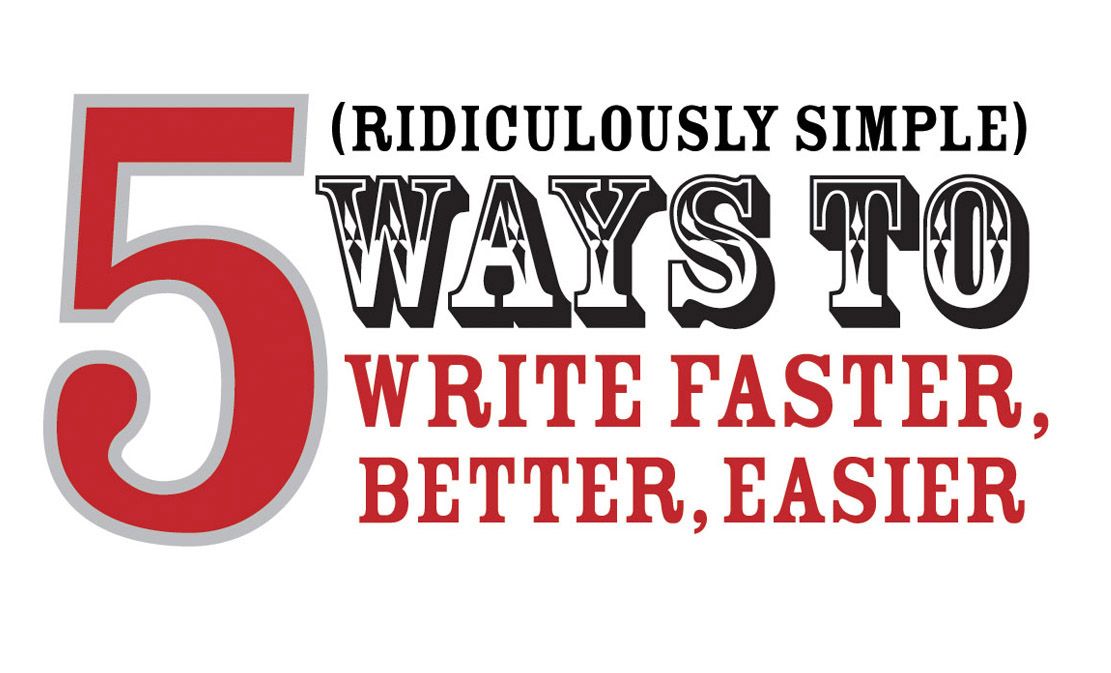Are You Using Your Ears to See Your Company’s Video Story?
 Monday, October 20, 2008 at 09:02PM
Monday, October 20, 2008 at 09:02PM You might not believe this, but video isn’t everything.
The fact is, until you discover your company’s story first, video doesn’t mean much.
One of the secrets to discovering and eventually “seeing” your company’s video story before you produce it is by first “hearing” it.
There are five common ways to imagine your video story through sound:
1. Interviews
2. Themes
3. Hooks
4. Feelings
5. Ambiance
The ears have it.
Let’s say you’ve recently been commissioned to produce a recruiting video. You bend over backwards determining what your company’s video story will look like.
Your team begins picturing everything they want to show in the film; the general facilities, people, training rooms, classrooms, call centers, weekly team meetings and so forth.
Then you hit a wall.
You realize seeing the scenes do not tell your story. What do you do? Do what I do.
Forget about the video.
Forget about the visuals. Forget about the scenes. Forget what it will look like.
Think about the sound.
Imaging the sounds you want to hear in your video is a powerful technique that puts you on the road to developing your company’s story or message.
Here are five ways you can “see” your company’s video story by first imagining the sounds you “hear.”
5 Ways to See Your Company’s Video Story by Imagining Sounds
#1 - Imagine hearing the interviews
Since interviews are the backbone for most corporate videos, write down phrases or points you are hearing from the interviewees, or “heroes” as I call them, in your film. Imagine hearing the answers to these 11 stimulating questions. Once you capture these ideas, you might be at the heart of your message.
#2 - Imagine hearing the themes
What topics will your heroes talk about if you were to interview them? What themes come up? Customer service? Performance metrics? Mentoring? Training? Culture? Career advancement? See what common themes reoccur to help you decide what to address. You might think about using themes that are less frequently shared.
#3 - Imagine hearing the” hook”
Here are a few questions to help think about your “hook;” the thing that gets your audience to pay attention!
• What is that “thing” that first made you think you might have an interesting story?
• Why would someone else care?
• What unique comments do your customers keep telling you?
• What myth do you want to crush?
• Do employees have a common thread in their conversations?
Any of these are signals pointing to your potential hook. The hook is already there. All you have to do to catch it is to keep an open mind!
#4 - Imagine hearing the feelings
An engaging interview can easily capture emotions that are otherwise difficult to share. What emotions do you want to hear? Joy? Frustration? Hope? Inspiration? Confidence?
#5 - Imagine hearing the ambiance
NPR uses atmospheric sounds for business stories better than almost anyone. Their ambient sounds have a “take you there” quality. Pay close attention to the sounds surrounding you. How can you use different sounds to tell part of your story? For example, are there sounds of people teaching one another? Helping one another? Is music part of your story? Are there mechanical or technical sounds? Animal sounds? Nature sounds?
There you have it. Five simple ways to “see” your video story a bit differently. All it takes is a little imagination!
P.S. You may find NPR’s book, Sound Reporting: The Guide to Audio Journalism and Production a nice addition to your library.
---Tom
Originally posted on Tom's FastCompany.com column, "Let's See That Again!"




Reader Comments (2)
Once again... right on.
One of the last run throughs I do with almost any of our client's video is to "watch" the video with my eyes closed. Is the story coming through? Does the audio support what's going on on-screen?
I'd be interested to hear (excuse the pun) your thoughts on using music to move the story forward in corporate videos. So many times we come up against the "let's just save the money and leave the music out" discussion when we're working with clients.
I recently had a chance to show a client how the audio bed beneath the v/o helped tell their story better: we sent the first cut to them without an audio bed, just v/o; we sent the second cut (which was 3 minutes longer) with an audio bed. Their response was that the second cut seemed to both move faster and tell their story better. The only difference was the additional 3 minutes of footage, and the audio bed with music and ambient sounds.
Thanks, as always, for stopping by.
Here's how I use music; it's simple and my biggest secret. I've shared it before and here it is.
I change music every 30 seconds (give or take a few). I've had clients who just watched their video for the first time turn to me and say, "How long is the video, about eight minutes?" I'll say, "No. It's four."
You should see the look on their faces! :-)